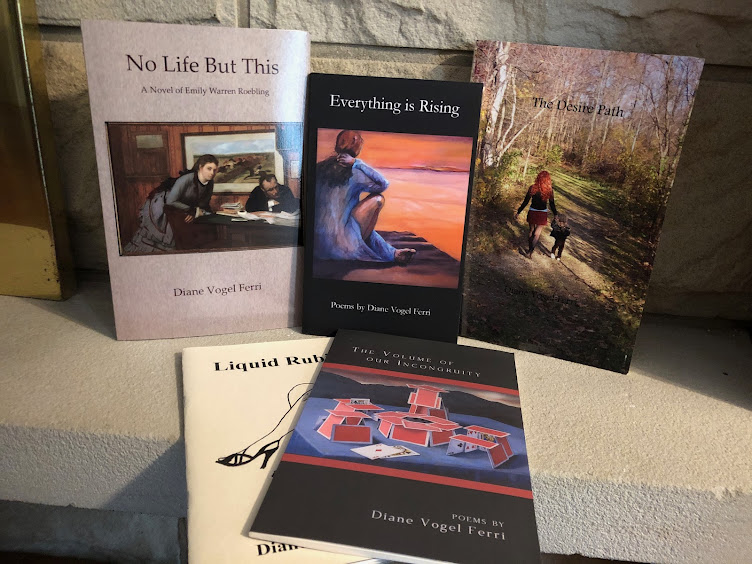I am very fond of pencils. I still think they are cool - along with the fascinating crayon (but that's another post). The following was today's offering from "The Writer's Almanac".
On this day in 1858, Hymen Lipman of Philadelphia patented the first pencil to have an attached eraser. The eraser-tipped pencil is still something of an American phenomenon; most European pencils are still eraserless. The humble pencil has a long and storied history, going back to the Roman stylus, which was sometimes made of lead, and why we still call the business end of the pencil the "lead," even though it's been made of nontoxic graphite since 1564.
Pencils were first mass-produced in Nuremberg, Germany, in 1662, and the Industrial Revolution of the 19th century really allowed the manufacture to flourish. Before he became known for Walden and "Civil Disobedience," Henry David Thoreau and his father were famous for manufacturing the hardest, blackest pencils in the United States. Edison was fond of short pencils that fit neatly into a vest pocket, readily accessible for the jotting down of ideas. John Steinbeck loved the pencil and started every day with 24 freshly sharpened ones; it's said that he went through 300 pencils in writing East of Eden (1952), and used 60 a day on The Grapes of Wrath (1939) and Cannery Row (1945).
Our common pencils are hexagonal to keep them from rolling off the table, and they're yellow because the best graphite came from China, and yellow is traditionally associated with Chinese royalty. A single pencil can draw a line 35 miles long, or write around 45,000 words. And if you make a mistake, thanks to Hymen Lipman, you've probably got an eraser handy.
Diane Vogel Ferri’s full-length poetry book is Everything is Rising (Luchador Press). Her latest novel is No Life But This: A Novel of Emily Warren Roebling (Atbosh Media) Her essays have been published in The Cleveland Plain Dealer, Scene Magazine, and Yellow Arrow Journal,
among others. Her poems can be found in numerous journals such as Wend Poetry, Blue Heron Review, Rubbertop Review, and Poet Lore. Her previous publications are Liquid Rubies (poetry), The Volume of Our Incongruity (poetry), and The Desire Path (novel). She has done many poetry readings locally. Diane’s essay, “I Will Sing for You” was featured at the Cleveland Humanities Festival in 2018. A former teacher, she holds an M.Ed from Cleveland State University and is a founding member of Literary Cleveland.
Her poem, For You, was nominated for a Pushcart Prize and Best of The Net 2023

2 comments:
What a pointed and informative ode to an important utensil used so commonly.
Thanks, Diane.
Quite cool AND I can hear Garrison Keillor narrating. Thanks!
Post a Comment